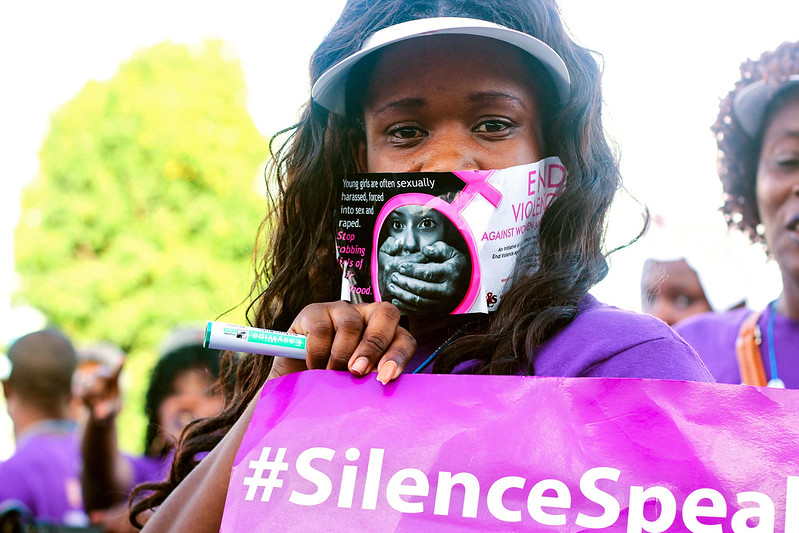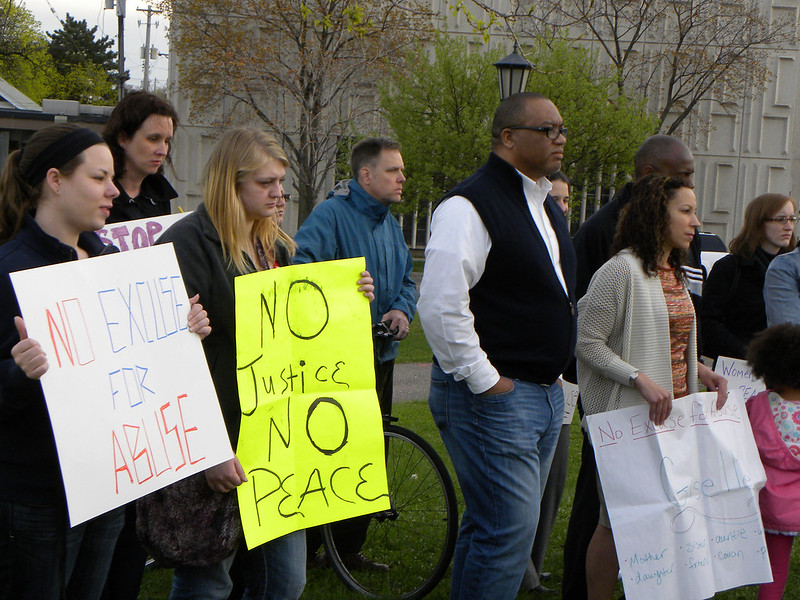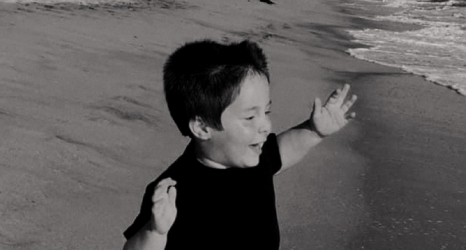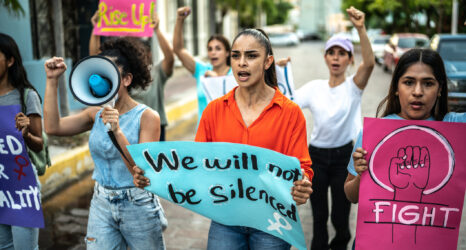“Coercive control is the first step in domestic violence. If we can identify it and stop it there, we can save lives.”

COVID-19 has fueled a global surge in intimate partner violence, according to the World Health Organization and UN Women. Lockdowns and job losses have increased social isolation, financial pressures and stress on families, which may be contributing to increased rates of domestic violence.
In response, two states—first Hawaii and then California—have recently taken the groundbreaking step of passing the nation’s first laws against coercive control.
Coercive control is nonphysical abuse such as psychological, financial and emotional abuse. It can include stalking, harassment, gaslighting, intimidation and threats. The goal of coercive control is to make the other person subordinate or dependent by isolating them from sources of support, regulating their everyday lives, exploiting their resources and capacities, and depriving them of the means needed for independence, resistance and escape.
Whereas domestic violence laws usually focus on discrete physical assaults, coercive control laws encompass a broader range of abusive behaviors, which often occur before or in conjunction with physical violence.
“Coercive control is a gateway to physical violence,” says Doreen Hunter, co-founder of the Americas Conference to End Coercive Control. “A high percentage of people who engage in coercive control will eventually resort to physical violence.”
As a result, coercive control laws can play an important role in preventing physical violence, Hunter told Ms.
Several countries, including Scotland, France, England, Wales and Ireland, have adopted coercive control laws over the last decade. The Hawaii law was inspired by legislation passed in Scotland in 2018.
A Scotland-based group Medics Against Violence produced a short video, “Harder,” illustrating some of the red flags of domestic abuse:
Hawaii’s Coercive Control Legislation
The new Hawaii law, signed into law by Governor David Ige on Sept. 15, defines coercive control as a “pattern of threatening, humiliating, or intimidating actions [that]…take away the individual’s liberty or freedom and strip away the individual’s sense of self, including bodily integrity and human rights.” The law gives several examples:
- Isolating the individual from friends and family;
- Controlling how much money is accessible to the individual and how it is spent;
- Monitoring the individual’s activities, communications, and movements;
- Name-calling, degradation, and demeaning the individual frequently;
- Threatening to harm or kill the individual or a child or relative of the individual;
- Threatening to publish information or make reports to the police or the authorities;
- Damaging property or household goods; and
- Forcing the individual to take part in criminal activity or child abuse.
“Coercive control is the first step in domestic violence. If we can identify it and stop it there, we can save lives,” said the bill’s sponsor, Hawaii Rep. David A. Tarnas.
The Hawaii law allows courts to consider evidence of coercive control when deciding whether to issue a protective order against an abuser.

California Follows Suit With Legislation to “Empower Survivors”
California Senator Susan Rubio wrote her state’s new coercive control law, which Governor Gavin Newsom signed into law on Sept. 29.
“We are so used to seeing bruises on someone, a black eye on someone, and this in particular reshapes the way we see domestic violence victims,” said Senator Rubio. “It is not just a black eye or a bruise.”
The California law defines coercive control as a “pattern of behavior that in purpose or effect unreasonably interferes with a person’s free will and personal liberty,” including:
- Isolating the other party from friends, relatives, or other sources of support;
- Depriving the other party of basic necessities;
- Controlling, regulating, or monitoring the other party’s movements; communications, daily behavior, finances, economic resources, or access to services;
- Compelling the other party by force, threat of force, or intimidation, including threats based on actual or suspected immigration status, to engage in conduct from which the other party has a right to abstain or to abstain from conduct in which the other party has a right to engage.
“This legislation will help empower survivors of crime and abuse to speak out against their abusers and provide them more time to seek justice,” said California Governor Gavin Newsom.
In addition to allowing protective orders against people engaged in coercive control, the California law amends the state’s family code so that coercive control will be considered in custody and visitation decisions.
Tackling Coercive Control
Other states currently considering coercive control laws include New York, South Carolina and Maryland, says Hunter. Their new vote tracker follows passed and pending bills.
The Americas Conference to End Coercive Control is bringing together advocates, domestic violence professionals, survivors, court professionals, mental health professionals, and social workers early next year. The two-day virtual conference from January 31-February 1, 2021, will examine how coercive control is used and can be recognized, and how to create better public policy to make it illegal throughout the Americas. The keynote speakers are Evan Stark and Laura Richards. Stark coined the term coercive control in his 2007 book Coercive Control: How Men Entrap Women in Personal Life.
“Our goal is to inspire and help ordinary people develop strong legislation,” says Hunter.
You may also like:





